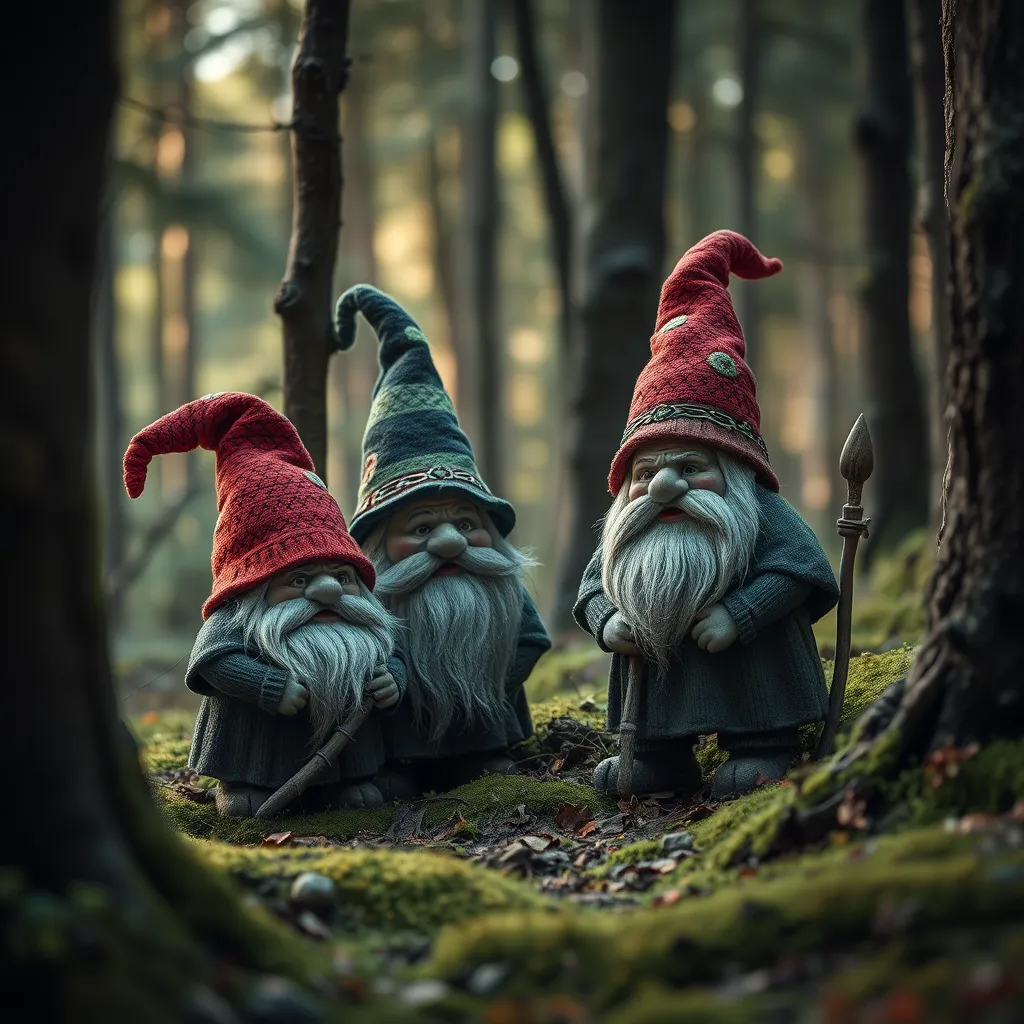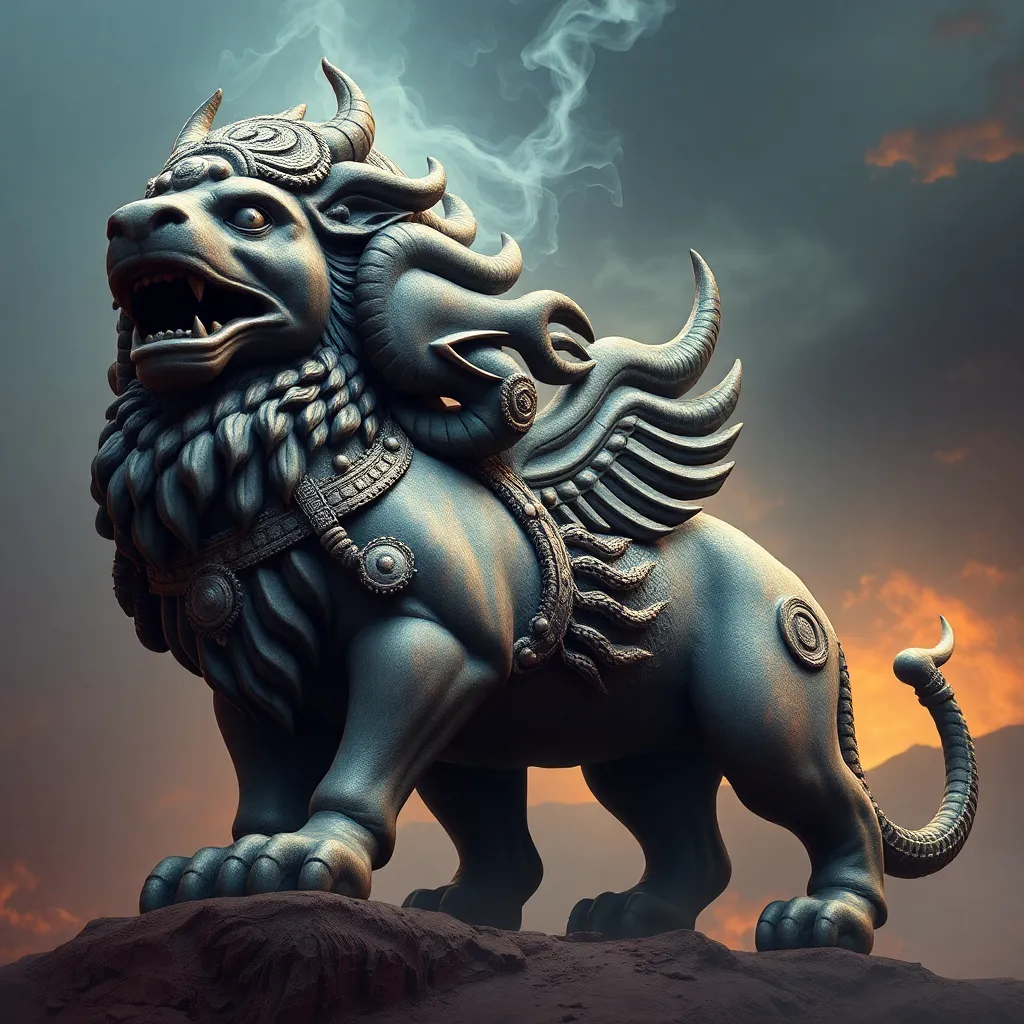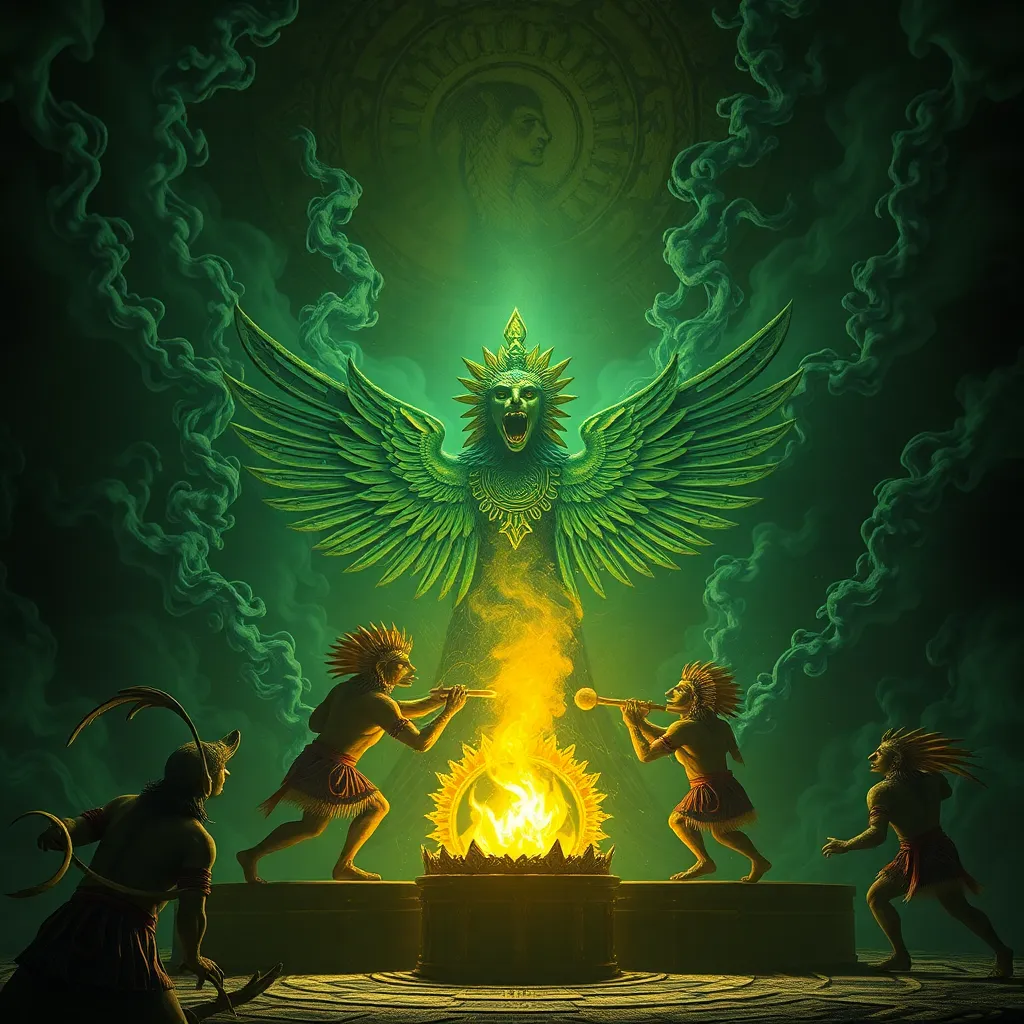Finnish Gnomes: The Tonttu and the Hidden Folk of the Forests
I. Introduction to Finnish Gnomes
In Finnish culture, gnomes, known as Tonttu, embody the spirit of the home and the natural world. These enchanting beings are deeply rooted in the folklore of Finland, representing a connection between humanity and the environment. The Tonttu is not only a symbol of domesticity but also reflects the agricultural traditions and the reverence for nature that characterize Finnish life.
II. The Origins of the Tonttu
The origins of the Tonttu can be traced back to ancient Finnish mythology, where these figures were believed to protect households and farms. Their presence is linked to the agrarian lifestyle of early Finns, who relied on the land for sustenance.
As agricultural practices evolved, so did the stories surrounding the Tonttu. These beings transitioned from mythological figures into cultural icons, reflecting the changing relationship between people and nature. Today, they are celebrated as part of Finland’s rich folklore heritage.
III. Characteristics and Appearance of the Tonttu
Tonttu are typically depicted as small, humanoid figures, often with exaggerated features. Their appearance varies across regions, but common characteristics include:
- Short stature, usually no taller than a child
- Long beards and pointed hats, often red or green
- Traditional clothing resembling that of Finnish farmers, made from natural materials
The symbolism associated with the Tonttu’s appearance is significant; their attire reflects their connection to nature and the agricultural roots of Finnish culture. The pointed hat, for example, symbolizes their wisdom and protective nature.
IV. The Role of Tonttu in Finnish Folklore
Tonttu play a vital role in Finnish folklore as guardians of the home and hearth. They are believed to protect families from misfortune and ensure a bountiful harvest. Tales of Tonttu helping farmers and families abound, showcasing their benevolent nature.
However, Tonttu are not without their mischievous side. Folklore recounts instances where they played pranks on those who failed to respect their home or neglected their duties. This balance between benevolence and mischief highlights the dual nature of the Tonttu in Finnish culture.
V. The Hidden Folk of the Forests
Beyond the Tonttu, Finnish folklore introduces a broader concept of hidden folk, known as metsänväki. These are spirits believed to inhabit the forests, embodying the essence of nature itself.
The characteristics and behaviors of these forest spirits include:
- Protective of their territory, often leading travelers astray as a warning
- Shy and elusive, rarely seen by humans
- Possessing magical abilities, such as shape-shifting
The relationship between the Tonttu and other forest creatures is intricate, as both represent the interconnectedness of nature and the importance of respecting the environment.
VI. Tonttu in Finnish Culture and Celebrations
The Tonttu has a prominent role in holiday traditions, particularly during Christmas, where they are often associated with gift-giving and festive cheer. Known as “Joulutonttu,” these figures are believed to help Santa Claus in delivering presents to children.
Modern portrayals of Tonttu can be found in literature, art, and media, where they are celebrated as symbols of Finnish heritage. Their influence extends to contemporary Finnish identity, reminding individuals of the importance of folklore and nature in their cultural narrative.
VII. Contemporary Interest in Tonttu and Nature Spirits
In recent years, there has been a revival of interest in folklore and nature conservation in Finland. This resurgence has led to a renewed appreciation for the Tonttu and other nature spirits.
Tourism has also embraced the Tonttu, with local crafts and souvenirs featuring these charming figures. The impact of globalization has introduced new challenges, but it has also sparked a dialogue about preserving traditional beliefs and cultural practices.
VIII. Conclusion
The Tonttu holds significant importance in Finnish culture, representing a bridge between humanity and nature. Their enduring legacy in folklore reflects the deep-rooted connection between people and the environment, urging us to appreciate and preserve these cultural narratives.
As we navigate the complexities of modern life, the stories of the Tonttu remind us of the value of tradition, the magic of the natural world, and the importance of safeguarding our cultural heritage for future generations.



